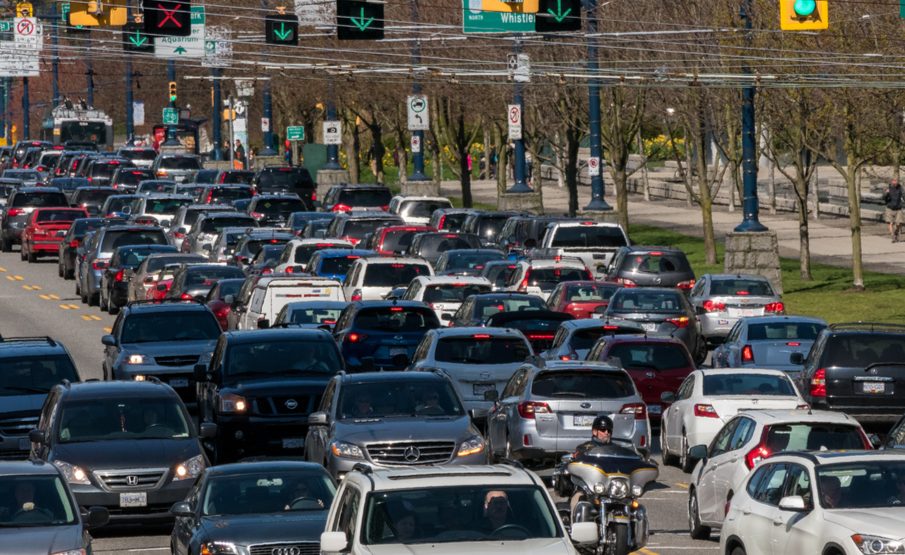Understanding Vancouver Traffic: Current Trends and Challenges

The Importance of Vancouver Traffic Management
Vancouver, known for its stunning landscapes and vibrant culture, faces significant traffic challenges as its population continues to grow. With the latest data showing a steady increase in vehicle ownership and usage, understanding the impacts of traffic on daily life and the economy has become more essential than ever.
Current Traffic Conditions and Observations
Recent reports indicate that Vancouver’s traffic congestion has risen by approximately 15% over the past year. Major routes such as the Trans-Canada Highway and the Sea-to-Sky Highway consistently experience high volumes, particularly during rush hours. The City of Vancouver has documented that the average commute time now hovers around 30 minutes, which is a notable increase from previous years.
Effects of Construction and Urban Development
Ongoing construction projects aimed at enhancing public transit options, including the Broadway Subway expansion, have temporarily exacerbated traffic issues in various neighborhoods. While these developments are expected to improve traffic flow in the long term, they have contributed to immediate congestion and delays, particularly in the downtown area. Residents have reported frustration over longer wait times and detours, further complicating their commutes.
Innovative Solutions to Alleviate Traffic
In response to the growing traffic dilemma, Vancouver city officials have initiated several innovative solutions. The implementation of smart traffic signals aims to optimize traffic flow, while an enhanced public transit system seeks to encourage fewer residents to rely on personal vehicles. Additionally, a bicycle-sharing program and improved pedestrian pathways are being introduced to promote alternative modes of transportation.
The Future of Vancouver’s Traffic Scenario
Experts predict that unless significant changes are made, traffic congestion in Vancouver could become a more pressing issue over the next decade. With population forecasts estimating a 20% increase in the metropolitan area by 2030, strategic planning and investments in infrastructure will be crucial. Collaboration between government agencies, resident organizations, and businesses is essential for creating comprehensive transit solutions that meet the needs of the growing community.
Conclusion
The status of Vancouver’s traffic is a multifaceted challenge that requires ongoing attention and adaptation. As the city continues to evolve, residents and visitors must stay informed about current traffic conditions and potential solutions. With innovative approaches and community cooperation, Vancouver can work toward a future with more efficient transportation options that enhance the quality of life for everyone.









